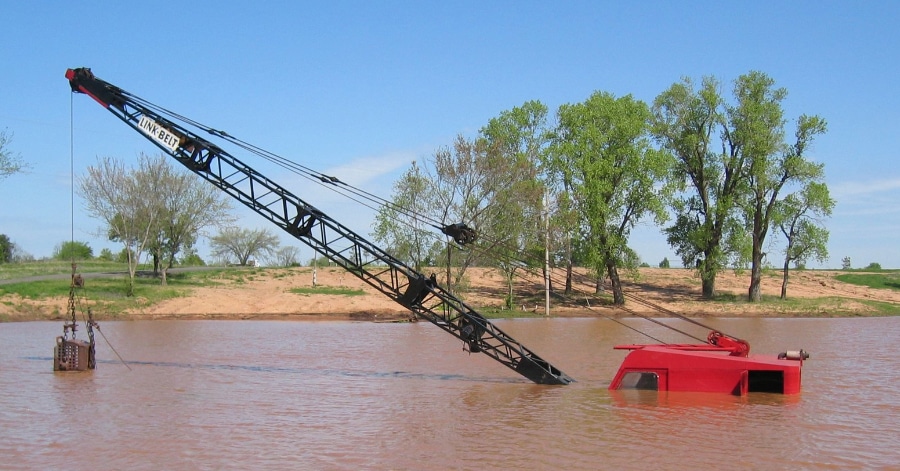How to Avoid Financial Losses from Flooding

Every year, flooding causes millions of dollars in property damage across the United States. Too many shoulder these financial burdens on their own because they don’t have a flood insurance policy. Most homeowners insurance policies do not cover flood damage.
[sc_content_link label=”Get today’s insurance rates.” cat=”home”]
The Federal Emergency Management Agency urges all Americans to talk to their insurance agents to learn about flood risk and how to protect themselves with flood insurance.
Consider these Six Facts:
- In high-risk areas, there’s a reason flood insurance is required by most lenders–there is a significant risk that your property will flood if a major event occurs.
- Even in low- to moderate-risk areas, flooding can and does occur. Twenty to 25 percent of all flood insurance claims come from lower-risk areas, and policies start as low as $119 per year.
- Government disaster aid is not always available and when it is, it usually comes in the form of a loan that has to be paid back with interest. Flood insurance claims do not need to be repaid.
- If somebody told you that you don’t need flood insurance, he or she was wrong. Every property is at risk for flooding. Talk to an insurance agent or check with a floodplain manager because you may be more at risk than you realize.
- You can and should get flood insurance if you ever live near a levee. Levees can fail or overtop, with disastrous consequences.
- Flood insurance can be purchased through most leading insurance companies. Rates are federally set and will not differ from company to company.
After the Flood – Tips for Homeowners
Whether you face a mud-coated lawn or waterlogged house, returning to a flood-damaged property is traumatic, and can be dangerous as well. Just because the waters have subsided you’re not necessarily on safe ground. After you’re certain your neighborhood and home are free of major hazards, follow these guidelines.
[sc_content_link label=”Shop and compare insurance quotes.” cat=”home”]
Going in
Even after local law enforcement and utility companies have declared an area ready for homeowners to return, you’ll need to approach your property with caution. Check all of the items on this list to ensure you go home unharmed. While you’re at it, take along a notebook or camera to document any damage for insurance claims and tax forms.
- Even if electricity is turned off in the area, be sure it is disconnected at the house.
- Assume all wires (cable and electricity) on the ground are live and report them to the power company.
- Make sure the house is completely dry before turning the power back on. All wet furnishings and carpets must be removed.
- Have the wiring and all appliances checked by a licensed electrician.
- Look for exterior structural damage on the house including cracked foundations, sagging roofs, broken columns or piers and unsupported porch roofs. If the structure is severely damaged, do not enter the house. Call an inspector or contractor instead.
- Watch for sagging ceilings. Damaged plaster or wallboard can collapse and cause injury. Carefully open doors and wait to see if debris falls before entering.
- Look for broken gas lines and listen for gas leaks. If you smell gas, do not enter the property. Immediately report the suspected leak to the gas company.
- Have a licensed plumber or the utility company check the gas lines before restoring service.
Other precautions
- Never approach a flood-damaged property after dark. Wait for daylight when you can see all potential dangers. Use a flashlight only to further illuminate dark interiors or corners. Candles, lighters and other open flames can ignite gas leaks or spilled combustibles.
- Remember that mud deposited by floodwaters may be contaminated with sewage and other harmful bacteria. Wear boots and gloves and be sure to wash with a disinfectant soap after contact with mud.
- Never drink the local water without boiling. Water supply lines and wells will need to be flushed and tested before it is safe to drink tap water.
- Dispose of all foods (even canned goods) that may have been in contact with floodwaters.
[sc_content_link label=”Get the right insurance coverage.” cat=”home”]
